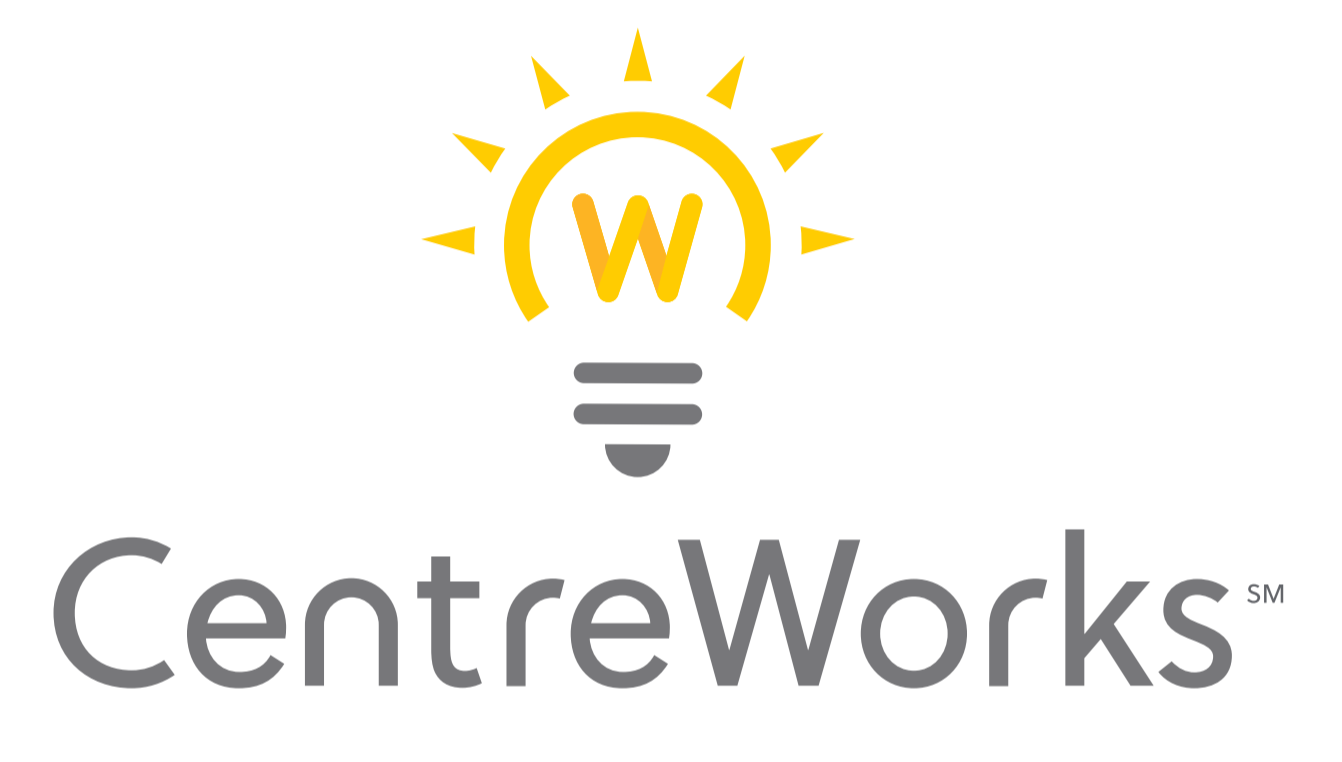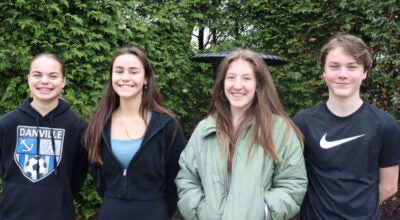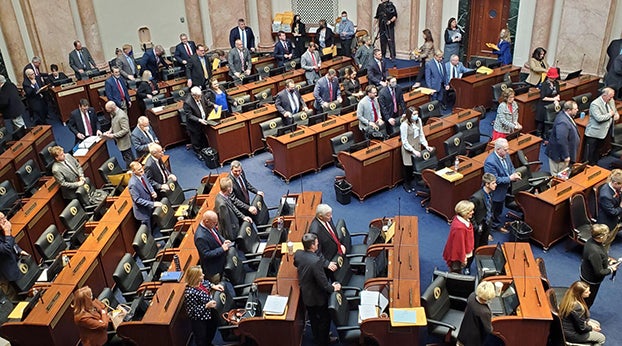Local panel discusses solar farm regulations
Published 2:56 pm Monday, June 6, 2022
A forum on solar energy production May 24 brought about 60 people out to learn how best to bring utility scale solar installations to Boyle County.
The forum, sponsored by CentreWorks, featured Tom FitzGerald of Louisville, who founded the Kentucky Resources Council and served for 37 years as its Executive Director; Michael Hamm, Centre College’s Emeritus Professor of History who also serves on the Board of Directors of the Nature Conservancy’s Kentucky Chapter and is president of Forest for Monarchs, an international organization that helps conserve monarch butterfly habitat; and Ben Miles, a consultant with Shire Environmental who also serves as land manager at the Central Kentucky Wildlife Refuge in Forkland.
As the Boyle County Fiscal Court has put a moratorium on utility scale solar development until July 15, magistrates, farmers, and other citizens have been interested in finding out how solar has worked elsewhere, and what provisions our Planning and Zoning Commission might put in place to protect landowners and preserve land with economic and historical significance.
“It’s a balance,” FitzGerald said. “That’s what Planning and Zoning, at its best, does.”
Andrea and Anthony Margida, CentreWorks co-founders and executive directors, led the discussion. They asked FitzGerald about regulation at the state level.
FitzGerald noted that while two bills governing solar production for Kentucky were introduced during the recent legislative session, neither passed. But the state does have an Electronic and Transmission Siting Board to review proposed sites and impose some rules for industrial solar installations. If counties prefer tighter regulations, that’s where local P&Z comes in.
A Conditional Use Permit, outlined in a model solar ordinance FitzGerald and the Kentucky Resources Council drafted, allows for site-specific regulations that don’t place an undue burden on neighboring properties, FitzGerald said. The current solar ordinance drafted by Boyle County’s P&Z requires that solar sites on agricultural land be rezoned industrial. That ordinance has been tabled by the Boyle Fiscal Court.
Ben Miles noted the importance of keeping agricultural land zoned as such, since requiring a change to industrial zoning would open the door for other industrial use on land zoned agricultural, should solar panels be removed in the future. This would mean losing even more farm land than has already gone to subdivisions and industries, he said, and quoted an American Farmland Trust saying: “Concrete is the last crop.”
Miles noted that a third of Boyle County’s agricultural land is designated as prime, which is defined by the U.S. Department of Agriculture as having the best combination of physical and chemical characteristics for producing food and feed. Since crops and livestock, and thus prime soils, are vital to the local economy, it makes sense to site solar arrays on less productive land.
The life of a solar panel is 25 years or longer, but properly installed solar panels can be removed when no longer needed and the land once again used for agriculture, Miles said. He added that solar arrays are much less damaging to land than subdivisions since they don’t require sewer, utilities, or pavement, nor do they negatively affect air quality.
Michael Hamm spoke about the importance of using pollinator plants under and around solar panels.
“We are losing pollinators at an alarming rate,” he said, adding that in the last 20 years, the Monarch butterfly population has declined by more than 80 percent. Bees have declined to the point that several types are now on the endangered species list.
Not only do perennial pollinators provide much-needed food for bees and butterflies, they also have many attractions for solar developers, including reducing water run-off, eliminating the need to mow, and helping to keep panels cool.
Hamm mentioned several states that have passed laws creating pollinator-friendly habitat on solar sites.
In answer to a question about public enjoyment of privately owned land, FitzGerald said, “It’s tricky because your enjoyment of somebody else’s property keeps them from doing what they want to do.” He said properties along scenic byways and in other public places are sometimes designated “viewsheds” that the public enjoys. And sometimes the community needs to compensate the property owner to preserve that viewshed.
Another forum is being planned, with the date to be determined.







